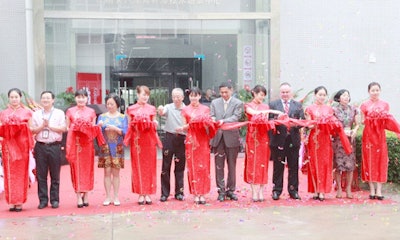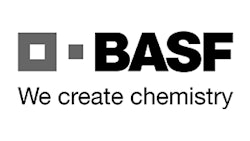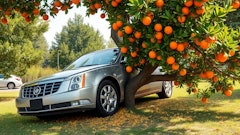
By Jeff Sanford
Shanghai, China — July 14, 2015 — The world’s most populous country, China, is undergoing a profound one-time shift in the nature of its economy. Citizens are taking up the western car-based way of living for the first time in the country’s history—and western companies are helping to achieve this historic transition. In just the past two weeks, paint-provider BASF and American P&C insurer Solera have announced initiatives in China that will lead to a more sophisticated Chinese collision repair industry.
In the case of BASF, the company recently opened a new Refinishing and Coatings Training Center in Chengdu, Sichuan Province, located in western China. Solera announced it will open a training centre in the country to help develop and promote the use of more data-based approaches to insurance underwriting in the country.
Both initiatives will help advance the collision repair industry in a country that is lagging when it comes to the sophistication of its collision repair industry.
As recent as 1990, the majority of vehicles on Chinese roads were taxis, buses, trucks and coaches. Most average Chinese citizens rode a bike or used mass transportation systems. But the push to develop the Chinese economy has seen an explosion in the number of cars on the highway. The growth in the car fleet in the country over this time has been spectacular.
At the beginning of the new millennium there were approximately one million personal passenger vehicles on Chinese roads. The country built a massive freeway system in the mid-2000s similar to the interstate system America built in the 50s. The new national road network has facilitated a broad cultural shift toward car-based living. The number of private vehicles has now exploded to 85 million.
In 2009, China became the world’s largest single car market. A recent IBIS report suggests that China’s roads will be flooded by 450 million personal vehicles by the year 2040. The potential business in collision repair as a result of this massive growth is staggering.
Collision repair centres were originally used to repair the country’s taxi fleet and buses. But as the auto industry exploded, these facilities have been left with outdated equipment and few trained technicians. As a result, the collision repair industry lags the west in terms of sophistication and development. Sometimes the industry is characterized as being “25 years” behind the west. The BASF project aims to help advance the state of the industry.
The new Chengdu space will serve as an education hub for refinish and paint professionals. The facility consists of a colour mixing room, a spray booth, sanding space, preparation area, and classrooms. It will offer courses on application techniques, the optimal use of paints, and colour-matching. The centre is BASF’s first training facility in western China, an area expected to experience sharp increases in vehicle sales in the years to come.
The Solera facility is part of an attempt to modernize the insurance industry of growing and emerging countries by developing “data-based science, predictive software, and technology-focused education and training” for the P&C industry.
In October of this year, the country will open the Beijing research facility. The facility will enable the collection of technical car and repair data, the creation of traffic accident reconstruction reports, the development of car ratings for the insurance industry, training for insurers and repairers, and certification for repair shops.




















